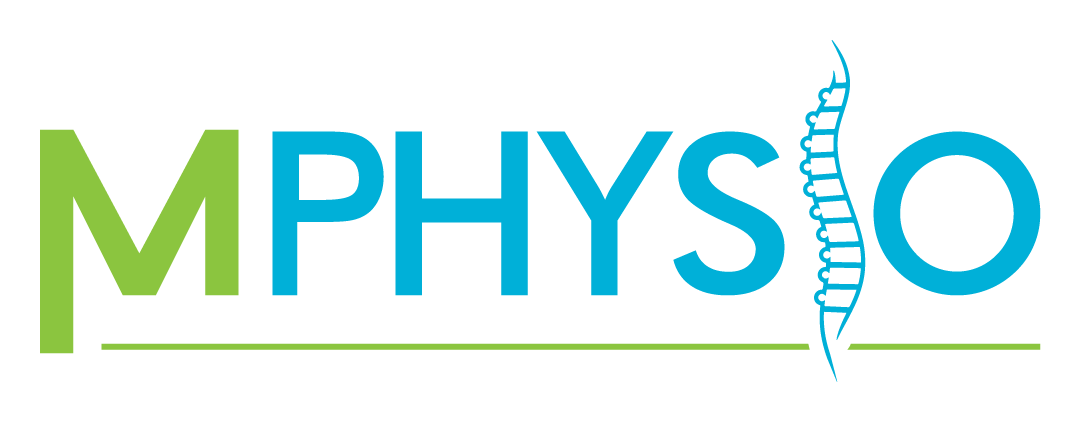
Radiculopathy
Cervical Nerve Root Compression, or Cervical Radiculopathy, is when the root of a nerve exiting the cervical spine is compressed or impacted. This causes neck and shoulder pain and/or associated symptoms to be felt either in the arm or at the neck.
As the nerve has become impacted, it is possible for facet joint pain, nerve pain, weakness in the neck muscles, numbness or abnormal spinal reflexes to be felt. There are many different causes of Cervical Nerve Root Compression, including disc bulges, osteophytes and disc degeneration.
Thoracic Outlet Syndrome
The Thoracic Outlet is the main passage that your neural, arterial and venous structures take as they leave/enter the trunk/ arm. Its borders are made up of the clavicle and its articulation with the acromio-clavicular joint, the upper ribcage and the surrounding musculature.
Through structural injury or change, as well as through biomechanical change, the Thoracic Outlet can compress or irritate these neural structures or blood vessels, causing Thoracic Outlet Syndrome.


Acute Wry Neck
Wry Neck is a condition that causes the joints in your neck to become stiff and sore, resulting in muscle spasm.
It is often a very sudden onset, and people will describe waking with chronic neck pain with no early signals or warning.
Physio For Neck Pain - FAQ
Will my neck pain go away?
In a large majority of cases, yes. Treating neck pain with physiotherapy has a very high success rate. Your physiotherapist will need to assess your neck, head and spine to identify if there may be any medical or structural damage that needs to be seen to in order to relieve neck pain and/or other symptoms. This is very rare, and only seen in a small percentage of patients. For most cases, your physiotherapist will be identifying the very treatable dysfunctions and factors that are contributing to your neck pain. Once assessed, improvement is generally rapid and we normally see a full resolution within 12 weeks.
Can I reduce pain myself through neck strengthening exercises?
While there are certain exercises for neck pain that you can carry out yourself, we highly advise you speak to a physiotherapist first in order to efficiently minimise or treat neck pain. This will allow you to receive the right education on the underlying cause of your condition, as well as a specific treatment plan for reducing neck pain. We’ve spoken to many patients who have found that their neck pain persists or is sometimes worsened by the attempt of self treatment.
Does my neck pain need a scan?
Not in most cases. If your physiotherapist feels that there may be a medical reason for your neck pain, or there is a structural impairment that needs to be further investigated, then a medical image scan may be required. Your physiotherapist will advise if this may be the case, and will help to liaise with your GP if a referral or medical investigation is required. If you already had a scan, that’s fine, bring it in with you to your physiotherapy session and your physio can go through the results with you.
Can my neck pain cause headaches?
The short answer is yes. It is fairly common for structures in the neck to be able to cause a headache or even symptoms of migraine. The most common cause of this is Cervicogenic Headache. This is when structures between C1-3 (the top 3 joints in your neck) become irritated, and they then refer pain into the head via their attachment to the brainstem. Less frequently, muscle knots around your neck and shoulders can refer pain into the neck or head. Both of these types of pain referral are very treatable. Talk to your physiotherapist about organising an assessment.

